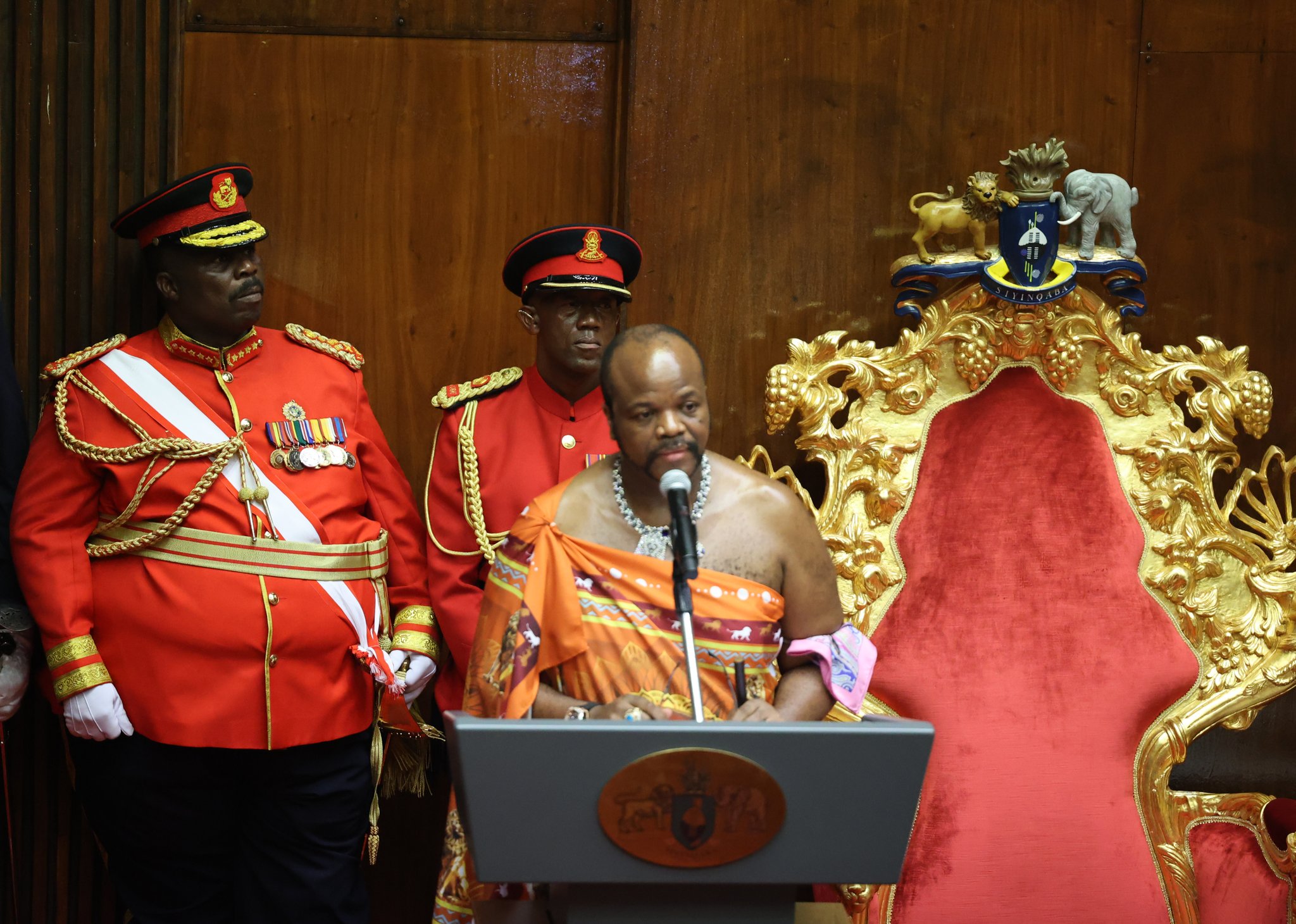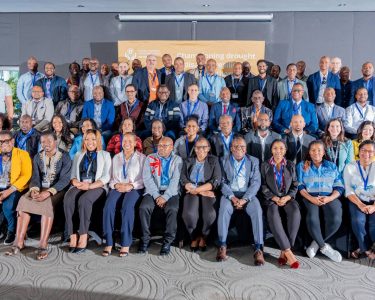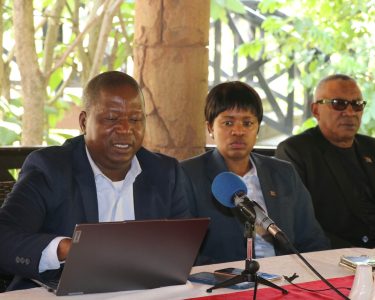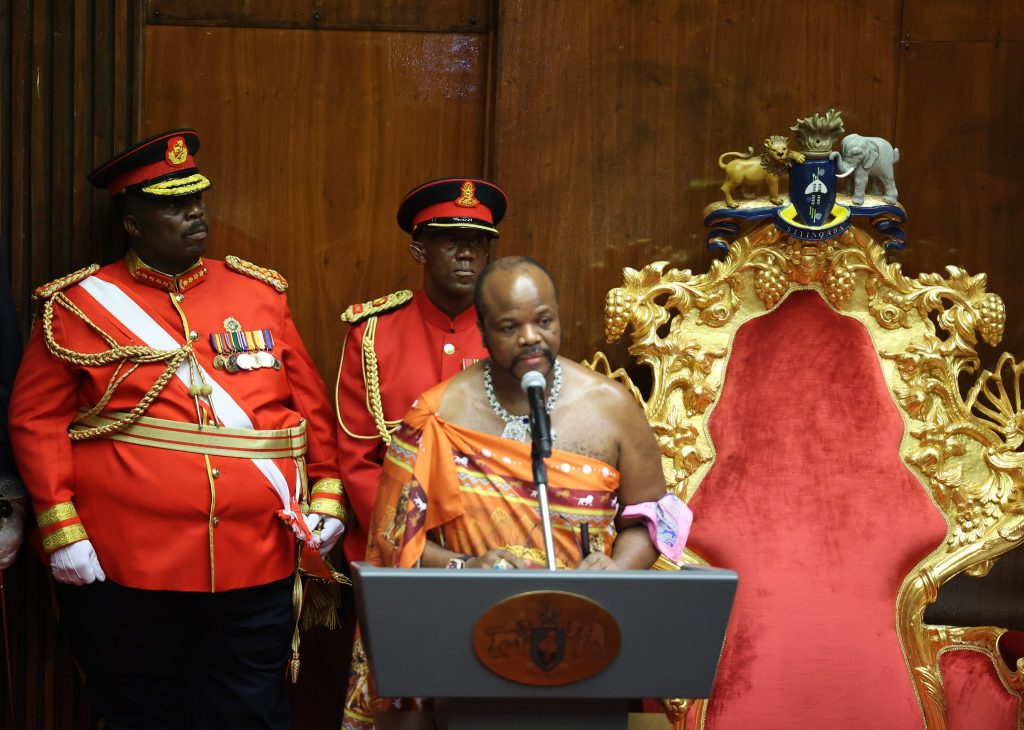
By Bahle Gama
The reduction in the electricity tariff from 14.6 per cent to 8 per cent is the government’s response to His Majesty King Mswati III’s call to have emaSwati alleviated of a financial burden and ensure public services are availed to all.
This decision comes in the wake of widespread public debate following the Eswatini Energy Regulatory Authority’s (ESERA) announcement of a 14.6 per cent tariff increase on February 4, 2025.
The initial hike was a result of a reviewed tariff application submitted by the Eswatini Electricity Company (EEC) on November 1, 2024, in which the utility had requested a substantial 25.1 per cent increase
RELATED: Electricity Tariff Relief: Govt Slashes Hike to 8%
. Had this application been approved in full, it would have significantly impacted domestic consumers, with E100 purchasing just 38 units of electricity, a sharp decrease from current consumption rates of 43 units.
The announcement triggered widespread concern among various stakeholders, including the Minister of Natural Resources and Energy, Prince Lonkhokhela, consumer advocacy groups, and the broader business community.
Critics argued that such a steep increase would strain household budgets, dampen economic activity, and potentially hinder business operations reliant on affordable energy.
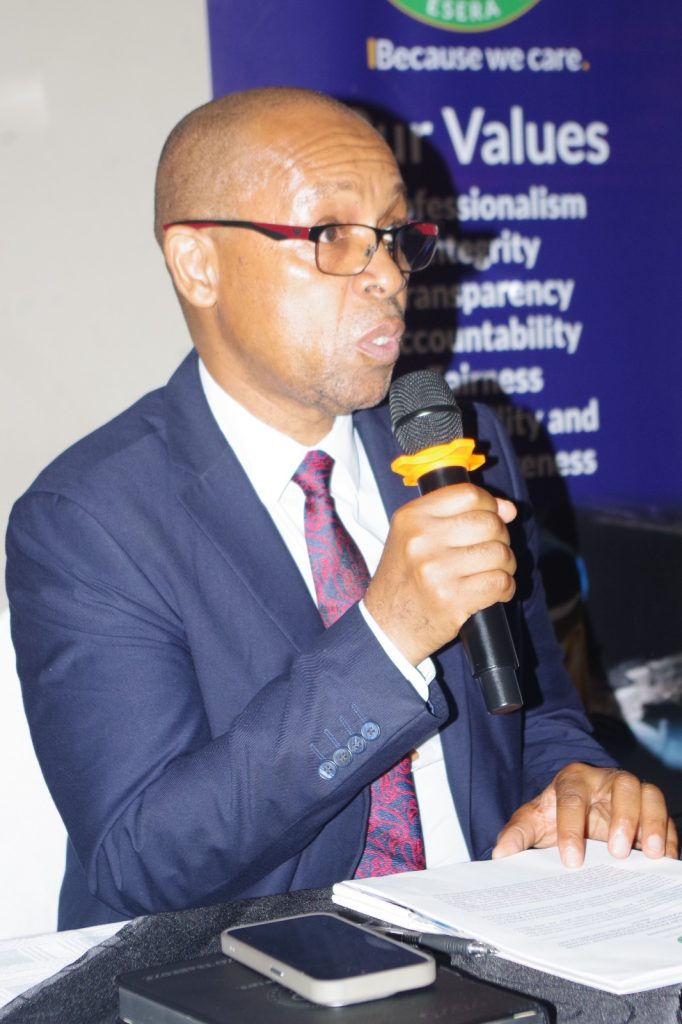
Responding swiftly to the public outcry, the government announced on February 5, 2025, that the tariff increase would be reduced to 8 per cent. This decision, communicated by Prince Lonkhokhela, was met with widespread relief, particularly among domestic consumers and small businesses who had braced for a more severe financial impact.
On January 31, 2025, the National Energy Regulator of South Africa (NERSA) approved a tariff increase for Eskom of 12.74 per cent in the Financial Year (FY) 2025/26 and 5.36 per cent in FY 2026/27, in addition to any percentage stipulated in the Power Purchase Agreement (PPA) between EEC and Eskom.
Despite public outcry, the South African Government has not reconsidered this decision, unlike a recent incident in Sweden, where a decision to review a granted electricity price hike occurred last February.
The reduction reflects the government’s commitment to balancing the financial sustainability of EEC with the economic well-being of emaSwati. It also underscores the importance of stakeholder engagement in regulatory decisions that affect the broader population.
Meanwhile, at the Mission 300 Africa Energy Summit held in Tanzania, His Majesty, represented by the Deputy Prime Minister, showcased Eswatini’s remarkable progress in expanding electricity coverage.
RELATED: African countries advised to form partnerships to harness electricity resources
From a mere 5 per cent in 2002, the country has achieved an impressive 88 per cent coverage as of 2024, reflecting significant investments in energy infrastructure.
His Majesty also reaffirmed Eswatini’s commitment to achieving universal electricity access by 2030, aligning with the United Nations Sustainable Development Goals (SDGs).
This pledge was reiterated during the official opening of the second session of the 12th Parliament on January 31, 2025, where the King, in his Speech from the Throne, emphasized the necessity of diligent service delivery to meet the SDG targets.
Different stakeholders in the country have noted that while the tariff adjustment presents immediate relief, it also highlights ongoing challenges in balancing energy sector sustainability with affordability.
As Eswatini continues its journey towards universal energy access, ensuring transparent, inclusive, and economically sound energy policies will remain critical to fostering national development and economic resilience.



